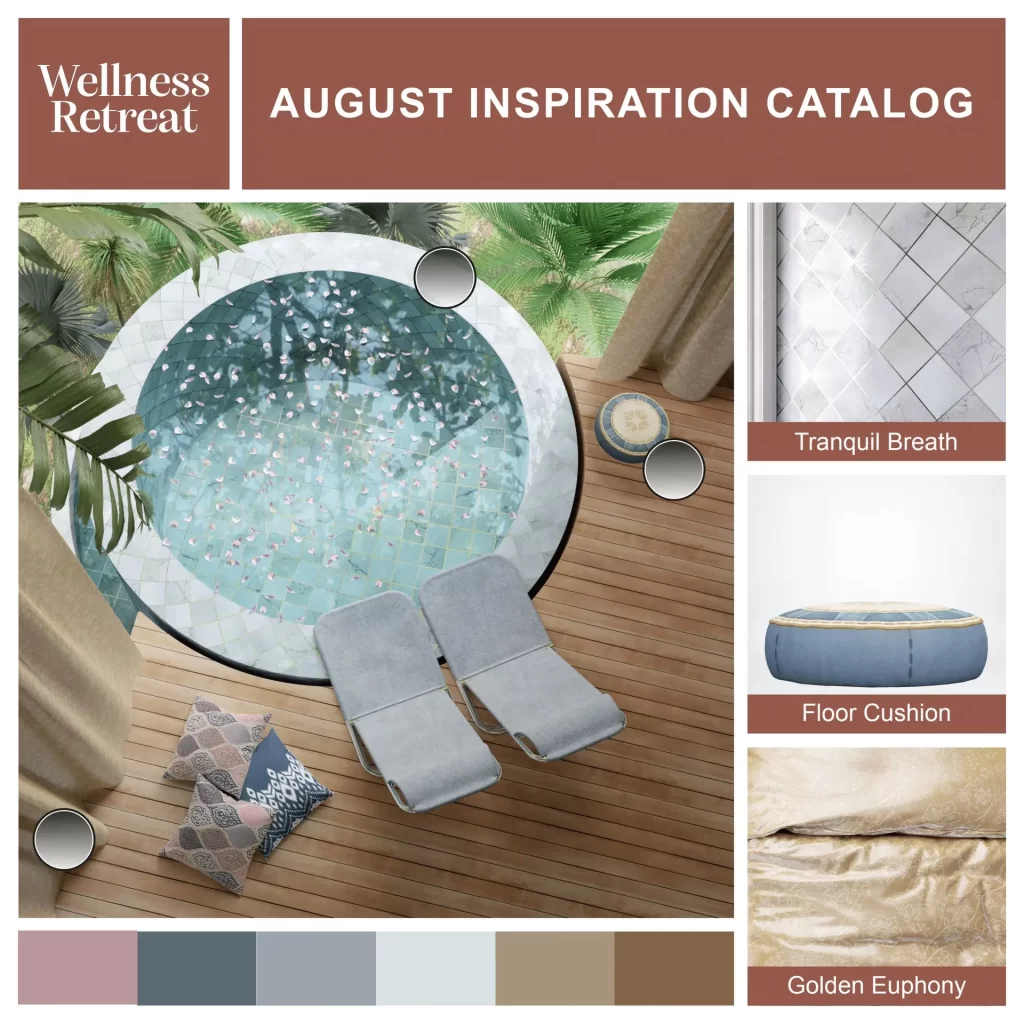Design-wise, Asian interiors are extremely versatile and cannot be contained to just one Season! That’s why this Season, we’ll focus mostly on Southeast Asian interiors, with a special emphasis on traditional and modern Balinese and Thai influences in interior decor.
Southeast Asia encompasses a vast variety of countries and cultures: Brunei, Burma (Myanmar), Cambodia, Timor-Leste, Indonesia, Laos, Malaysia, the Philippines, Singapore, Thailand, and Vietnam. All of these beautiful places have their own unique design elements which we’ll try to refer to and incorporate, but since it’s impossible to spread out so much, our main focus will be Balinese and Thai decor within the Southeast.
Here’s a little bit about each of these styles to let you know what to expect!
Tip 1 – make use of natural elements
Both Balinese style and Thai style make use of beautiful natural elements in their designs. These countries have an abundance of trees, and you’ll be able to spot lots of gorgeous wooden furniture and accent pieces around homes.
There are, however, a few delicate differences:
Balinese designs use a great deal of rattan, teak or bamboo in furniture and accents, and also add plenty of indoor plants as a way to tie in with nature. This theme will also tie in with the color palette used in Balinese designs (but we’re getting ahead of ourselves, check out tip 3 for exact color palette differences!).
Thai designs incorporate a great deal of wood and bamboo as well, but it is especially prominent in the structure of the walls and floorings, on top of furniture!

Notice how different woods are used for the walls and for the floor boards, and yet they don’t seem to clash. The same can be said about the beautiful “Elephant Embrace” curtains alongside the “Drifting” pillows. The colors are close enough to blend in together, creating a bold yet harmonious scene.
Tip 2 – Artisan and local is the way to go
Another similarity between Southeastern Balinese and Thai designs is that both thrive on local, handmade pieces,whether we’re talking about artwork or woven rugs. A great way to incorporate the local culture in your designs is to pick something handmade that’s crafted with love and attention!

The “Lotus” artwork shows subtlety and combines both deep and neutral tones, which compliments the “hidden melody” wall paper perfectly! Each piece in this reading corner was clearly chosen carefully to create a soothing yet enthralling atmosphere.
Tip 3 – Color palette differences
Bold colors, primarily red, are used to create a rich atmosphere around the room. Any type of “jewel” colors are happily added to the mix – think bold, bright and happy! Don’t be too worried about clashing colors, the idea is to create a warm and ornate environment that engulfs you the minute you step into the room.

Tip 4 – Patterns and knick-knacks

Tip 5 – Calm and relaxing

This room has more Balinese inspiration, but you can also see its Thai touches. The window pattern and elephant statue are more Thai in their intricacy.See how the beautiful tiles utilize a more subtle pattern that doesn’t take away from the entire design. The fabrics chosen, as well as the color palette, all fit in with the natural color scheme of wood, plants and water. What a stunning room!














